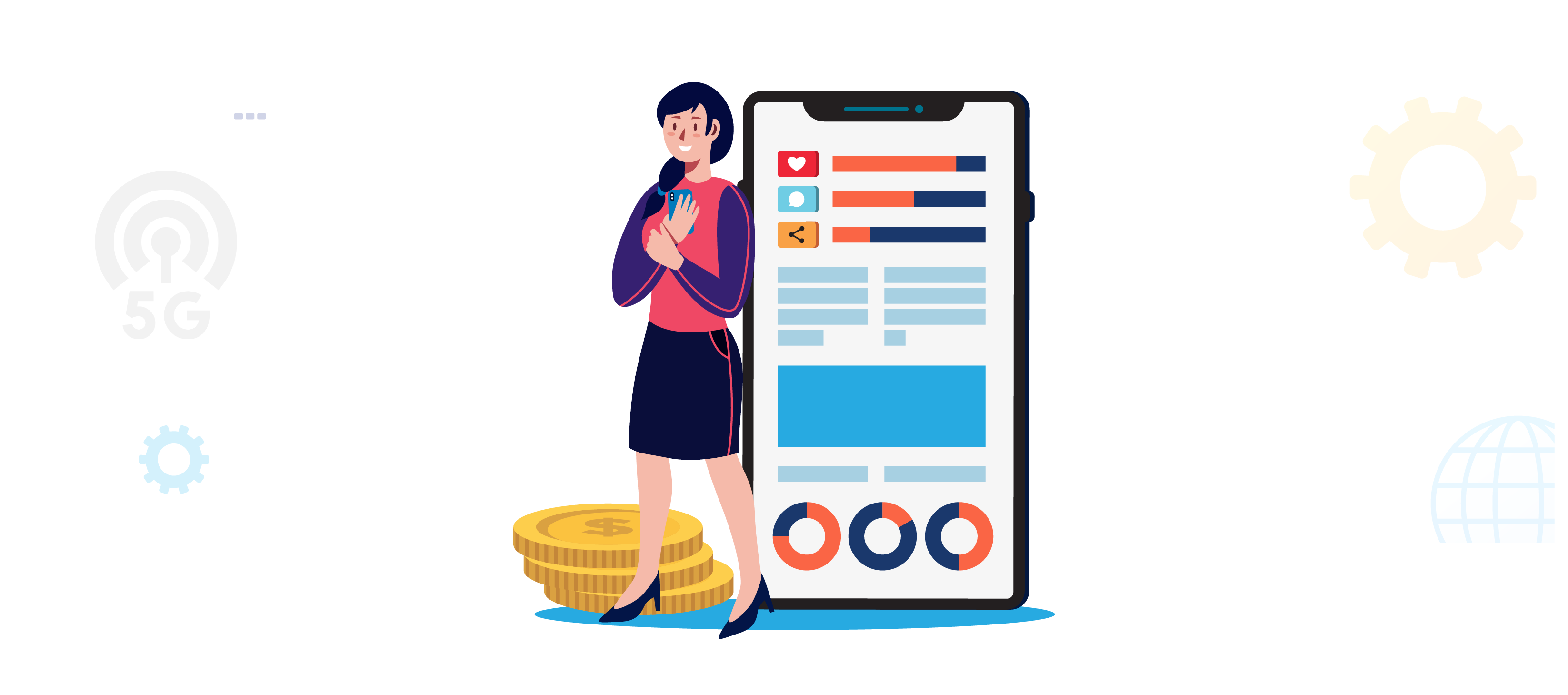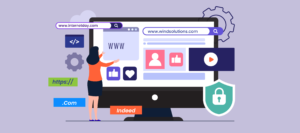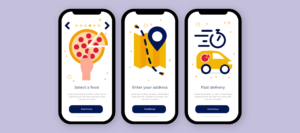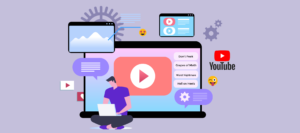Are you inspired by the success of messaging apps like Telegram and looking to create your chat application in 2023? Building a messaging app involves careful planning, strategic development, and a clear cost understanding. In this guide, we will explore the process of create an app like Telegram, considering the development trends and costs projected for 2023.
According to Statista, global messaging app users are expected to reach 3.51 billion by 2025. This growing demand presents a lucrative opportunity for entrepreneurs and businesses looking to enter the messaging app market. However, understanding the cost and development considerations is essential to ensure a successful venture.
This comprehensive guide will delve into the intricacies of developing an app like Telegram, exploring the essential features, the estimated costs involved, and the development strategies to consider in 2023.
Join us as we unravel the secrets of create an app like Telegram, empowering you to make informed decisions and embark on an exciting app development journey in the ever-evolving world of communication technology.
Introduction: Overview of the Telegram App and its Features.

Telegram is a cloud-based instant messaging app that allows users to send text messages, voice messages, photos, videos, and documents. It was founded in 2013 by the brothers Pavel and Nikolai Durov. It is known for its security features, with end-to-end encryption for messages and a self-destruct timer for sensitive messages. The app also allows for group chats with up to 200,000 members, making it a popular choice for businesses, organizations, and communities.
In addition to messaging, Telegram offers features such as voice and video calls, file sharing, and bot integrations. It is available on multiple platforms, including mobile devices, desktops, and web browsers. The app has over 500 million active users worldwide, with its largest user base in Iran, Russia, and India.
Features of Chatting App like Telegram
These features are essential in create an app like Telegram, ensuring secure and seamless communication while providing additional functionalities to enhance the user experience. Let’s have a look!
- Secure Messaging: Like Telegram, a chat app should prioritize security by implementing end-to-end encryption to protect messages from unauthorized access and interception.
- Real-time Messaging: Users expect instant communication, so real-time messaging functionality is essential. It should allow users to send and receive messages instantly without significant delays.
- Multimedia Sharing: Users should be able to share various media types, including photos, videos, documents, and voice messages, to enhance their communication experience.
- Group Chats: The ability to create and participate in group chats is a popular feature in messaging apps. Users should be able to create groups, invite members, and have seamless conversations with multiple participants.
- Voice and Video Calls: Voice and video calling capabilities allow users to have live conversations within the app. High-quality audio and video transmission and features like mute, speaker toggle, and camera switching enhance the calling experience.
- Channels and Broadcasts: Similar to Telegram’s channels, a chat app can include the option to create channels or broadcasts where users can subscribe to receive updates or announcements from specific individuals, organizations, or communities.
- Bots and Automation: Integrating chatbots and automation capabilities allow users to interact with automated services, get quick responses to frequently asked questions, and perform various tasks within the app, enhancing user convenience and efficiency.
Step-by-Step Guide on How to Create an App Like Telegram.
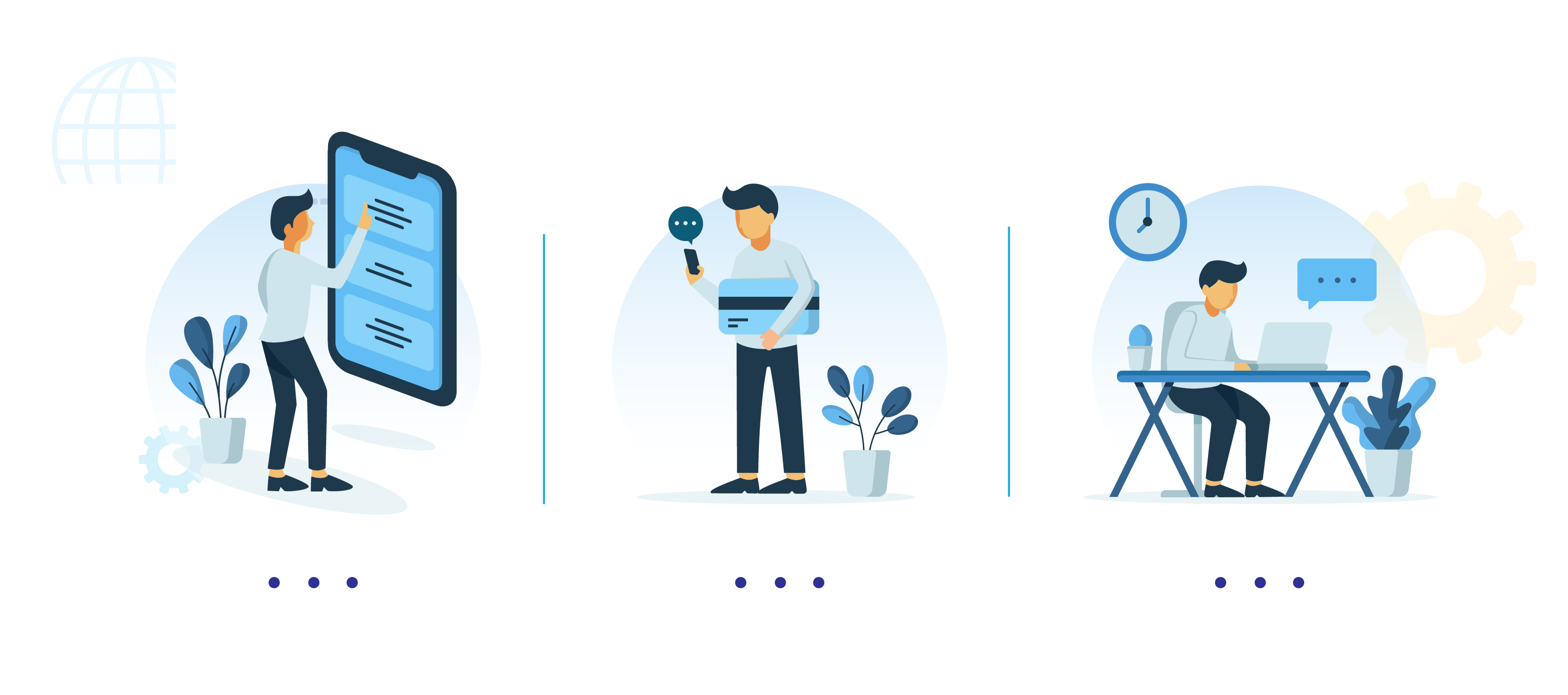
If Telegram’s success has inspired you and you want to create a messaging app with similar functionalities, you’ve come to the right place. This step-by-step guide will walk you through the essential stages of create an app like Telegram.
Step 1: Define the App’s Scope and Features –
Start by outlining the purpose and goals of your messaging app. Determine the core features you want to incorporate: real-time messaging, end-to-end encryption, multimedia sharing, group chats, voice and video calling, channels, and bots.
Step 2: Choose the Development Platform –
Decide whether you want to develop the app for iOS, Android, or both platforms. Consider each platform’s target audience and market share before making a decision. You may develop natively using languages like Swift for iOS or Kotlin for Android or cross-platform frameworks like React Native or Flutter.
Step 3: Design the User Interface (UI) and User Experience (UX) –
Create a visually appealing and user-friendly interface. Focus on designing intuitive navigation, chat screens, contact lists, settings, and multimedia sharing. Ensure the app’s design aligns with the target audience’s preferences and provides a seamless user experience.
Step 4: Backend Development and Server Infrastructure –
Build a robust backend system for messaging, notifications, user authentication, and data storage. Choose a reliable server infrastructure that can handle high traffic and ensure the security of user data.
Step 5: Implement Messaging Functionality –
Develop real-time messaging features, including text messaging, multimedia sharing (photos, videos, files), emojis, stickers, and message encryption. Implement features like message read receipts, typing indicators, and message deletion.
Step 6: Integrate Additional Features –
Enhance your app’s functionality by integrating features like voice and video calling, group chats, channels, bots, and chatbots. These features add versatility and engagement to your messaging app.
Step 7: Ensure Data Security and Privacy –
Implement robust security measures, including end-to-end encryption, two-factor authentication, and secure data transmission protocols. Prioritize user privacy and comply with relevant data protection regulations.
Step 8: Test and Debug –
Thoroughly test your app for performance, usability, and security. Conduct comprehensive testing on different devices and network conditions. Identify and fix any bugs or issues that arise during the testing phase.
Step 9: Release and Maintain –
Prepare your app for release by submitting it to the app stores (App Store, Google Play Store). Continuously monitor user feedback, address bugs, release updates, and add new features to enhance user experience and ensure app sustainability.
Creating an app like Telegram requires careful planning, development expertise, and a commitment to user privacy and security. By following this step-by-step guide, you can embark on the exciting journey of building a messaging app that rivals the success of Telegram. Remember, persistence, innovation, and a user-centric approach are key to creating a messaging app that stands out in the crowded market.
Choosing the Right Technology Stack for Development

When create an app like Telegram, selecting the right technology stack is crucial for achieving the desired functionality, performance, and scalability. Here are some essential components of the technology stack to consider:
1. Programming Languages:
- Java/Kotlin: For Android app development.
- Swift/Objective-C: For iOS app development.
- JavaScript/TypeScript: For web-based components or cross-platform frameworks.
2. Development Frameworks and Libraries:
- React Native: A popular cross-platform framework for developing iOS and Android apps using JavaScript.
- Flutter: Google’s UI toolkit for building natively compiled apps for multiple platforms using a single codebase.
- Firebase: A comprehensive mobile development platform that offers backend services, database management, and authentication.
3. Backend Development:
- Node.js: A JavaScript runtime environment for server-side development.
- Express.js: A flexible and minimalist web application framework for Node.js.
- MongoDB: A NoSQL database for storing and managing user data.
4. Real-time Messaging and Websockets:
- Socket.IO: A library that enables real-time, bidirectional communication between the server and clients.
- MQTT: A lightweight messaging protocol suitable for real-time applications.
5. Security and Encryption:
- OpenSSL: A widely-used open-source toolkit for implementing SSL/TLS protocols.
- AES/RSA Encryption: Algorithms for secure data transmission and storage.
6. Cloud Infrastructure and Hosting:
- Amazon Web Services (AWS): Offers scalable cloud infrastructure, storage, and hosting services.
- Google Cloud Platform (GCP): Provides similar cloud services and resources.
7. Additional APIs and Services:
- Push Notifications: Use Firebase Cloud Messaging (FCM) or Apple Push Notification Service (APNs) to send push notifications to users.
- Image/Video Processing: Consider services like Amazon Rekognition or Google Cloud Vision for image recognition and processing.
Challenges of Building a Chat Application

- Scalability: As your chat application gains users, ensuring scalability becomes crucial. Handling many concurrent users, managing server load, and maintaining real-time communication can be challenging. Designing a scalable architecture and optimizing server performance is essential.
- Real-time Communication: Developing real-time messaging features requires implementing technologies like WebSockets or MQTT to enable instant message delivery. Handling real-time updates, synchronization, and maintaining message order can be complex.
- Security and Encryption: Chat applications deal with sensitive user data and require robust security measures. Implementing end-to-end encryption to protect user conversations and ensuring secure user authentication is critical. Staying updated with security best practices and regularly patching vulnerabilities is vital.
- Data Synchronization: Keeping user data synchronized across multiple devices is a challenge. Implementing mechanisms to handle message synchronization, read receipts, and offline message delivery requires careful planning and consideration.
- User Privacy: Respecting user privacy is paramount in chat applications. Complying with data protection regulations, providing options for user privacy settings, and securing user data from unauthorized access require thorough attention.
- User Interface and User Experience: Designing an intuitive and user-friendly interface plays a crucial role in the success of a chat application. Ensuring smooth navigation, responsiveness, and efficient message handling are key challenges.
- Cross-Platform Compatibility: Developing a chat application for multiple platforms (iOS, Android, web) while maintaining a consistent user experience can be challenging. Choosing the right cross-platform framework or maintaining separate codebases requires careful consideration.
- Push Notifications: Implementing push notifications to keep users engaged and informed about new messages poses technical challenges. Managing push notification delivery, ensuring reliability, and optimizing battery consumption can be complex.
- Spam and Abuse Prevention: Maintaining a clean and secure chat environment involves implementing measures to prevent spam, fake accounts, and abusive behaviour. Incorporating features like user reporting, message moderation, and machine learning-based content filtering can be challenging.
- Continuous Development and Updates: Chat applications must evolve continuously to meet user demands and incorporate new features. Managing frequent updates and bug fixes and ensuring compatibility across various devices and operating system versions requires ongoing effort.
Cost of Developing an App Like Telegram in 2023
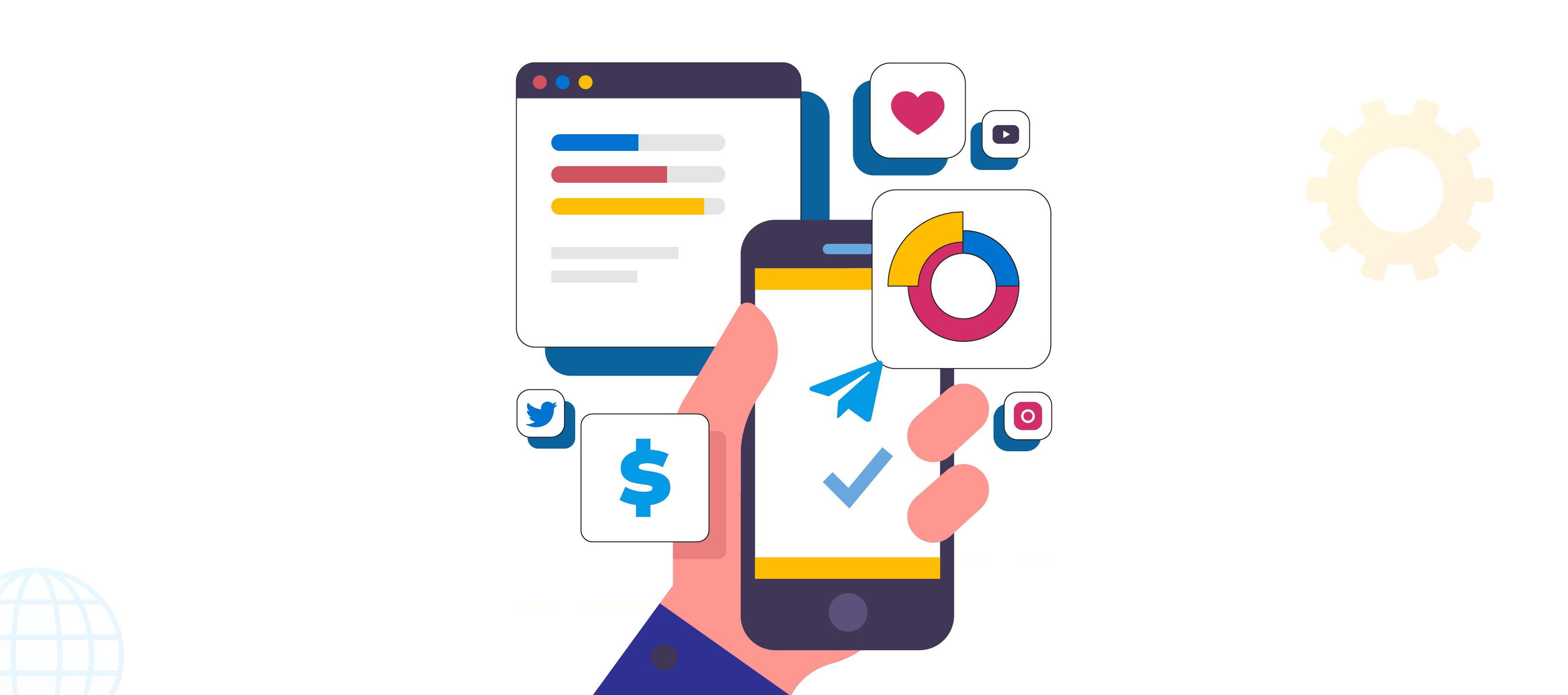
The cost of create an app like Telegram in 2023 can vary based on several factors, including the complexity of features, the development platform (iOS, Android, or both), the size and location of the development team, and the chosen technology stack. It’s important to note that estimating the exact cost is challenging without specific project details. However, I can provide a general cost range based on industry averages.
The development cost can start from $50,000 to $100,000 for a basic messaging app with essential features. This estimate includes frontend and backend development, user authentication, real-time messaging, multimedia sharing, and basic security measures.
For a more advanced app with additional features like voice and video calling, group chats, channels, bots, and advanced security measures, the cost can range from $100,000 to $300,000 or more. The complexity and customization of these features will significantly impact the development cost.
Factors influencing the cost further include design complexity, integration with third-party services, scalability requirements, testing and quality assurance, ongoing maintenance, and post-launch updates.
Collaborating with a reliable development team or agency that can provide a detailed project estimate based on your specific requirements and desired features is important. They will consider the scope of work, development hours, hourly rates, and any additional costs associated with server infrastructure, APIs, or licensing fees.
Remember that the cost of app development can vary greatly, so it’s crucial to conduct thorough research and engage in detailed discussions with professionals to get an accurate estimate tailored to your project.
Top Messaging Apps like Telegram
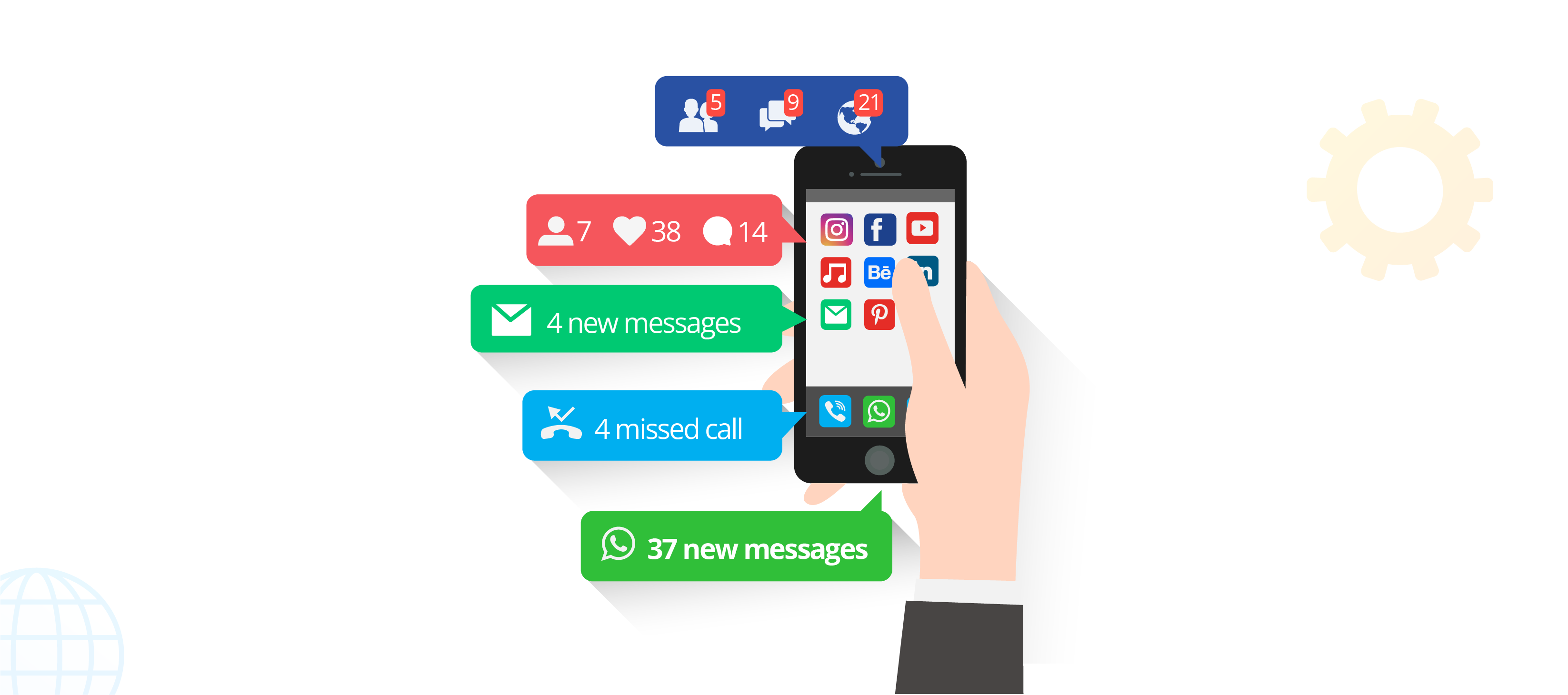
Several popular messaging apps have gained significant popularity and user base. Here are some of the top messaging apps, including Telegram:
- WhatsApp: With over 2 billion monthly active users, WhatsApp is among the most widely used messaging apps. It offers text messaging, voice and video calling, group chats, media sharing, and end-to-end encryption.
- Facebook Messenger: Facebook Messenger is a standalone messaging app allowing users to connect with their friends and contacts. It offers features like messaging, voice and video calling, group chats, and integration with other Facebook services.
- Snapchat: While primarily known for its multimedia messaging and disappearing photos and videos, Snapchat also offers text messaging, voice and video calls, and various interactive features.
- WeChat: Popular in China, WeChat combines messaging with social media features, payment services, and more. It offers text and voice messaging, video calls, and multimedia-sharing features and supports various mini-applications. It is available on iOS and Android platforms.
- Discord: Originally designed for gamers, Discord has expanded to become a popular messaging app for various communities. It offers voice and video calls, group chats, and screen sharing, integrating with other Twitch and YouTube platforms.
Conclusion
In conclusion, create an app like Telegram in 2023 requires meticulous planning, a skilled development team, and a clear understanding of user expectations. While the cost can vary depending on factors like features and team size, our company, Pairroxz Technologies, offers comprehensive app development services tailored to your requirements. With our expertise in messaging app development and commitment to delivering high-quality solutions, we can help you bring your vision to life and create a successful app like Telegram. Contact us today to discuss your project!
FAQs
Question 1: How much does it cost to create an app like Telegram in 2023?
The cost to create an app like Telegram can vary depending on several factors, including the complexity of features, development platform, team size, and location. A rough estimate for developing a messaging app like Telegram can range from $100,000 to $500,000.
Question 2: How long does it take to develop an app like Telegram?
The development timeline for an app like Telegram can vary based on the scope and complexity of features and the development team’s size and expertise. Generally, it can take several months to a year or more to develop a robust messaging app.
Question 3: What skills and expertise are needed to create an app like Telegram?
Developing a messaging app like Telegram requires expertise in programming languages like Java/Kotlin for Android, Swift/Objective-C for iOS, or JavaScript/TypeScript for cross-platform development. Knowledge of real-time communication protocols, security measures, backend development, and user interface design is also essential.
Question 4: Should you develop the app in-house or outsource the development?
Whether to develop in-house or outsource depends on your resources, expertise, and project requirements. In-house development provides more control and flexibility but requires a skilled development team. Outsourcing can be cost-effective if you lack the necessary expertise, but it requires carefully selecting a reliable development partner.
Question 5: How can you ensure the security and privacy of the app?
Security and privacy should be a priority when developing a messaging app. Implement end-to-end encryption to protect user conversations, use secure authentication methods, and follow best practices for data storage and transmission. Regular security audits and updates are crucial to maintaining a secure app.
Question 6: What are the legal considerations in developing a messaging app?
Ensure compliance with data protection and privacy regulations specific to your target markets. Understand the legal requirements for user data storage, consent, and handling, and include necessary terms and conditions in your app.
Question 7: How can you monetize my messaging app?
There are various monetization strategies for messaging apps, including in-app purchases for premium features, subscription plans, advertisements, sponsored content, or business partnerships. Evaluate your target audience and market to determine the most suitable monetization approach.

